Copenhagen is the capital and by far the biggest city in Denmark. Throughout the city, there’s a nautical vibe reflected in the colorful shore-side homes at the harbor. Discover the greatest architectural and cultural sights of the city with our sights suggestions.
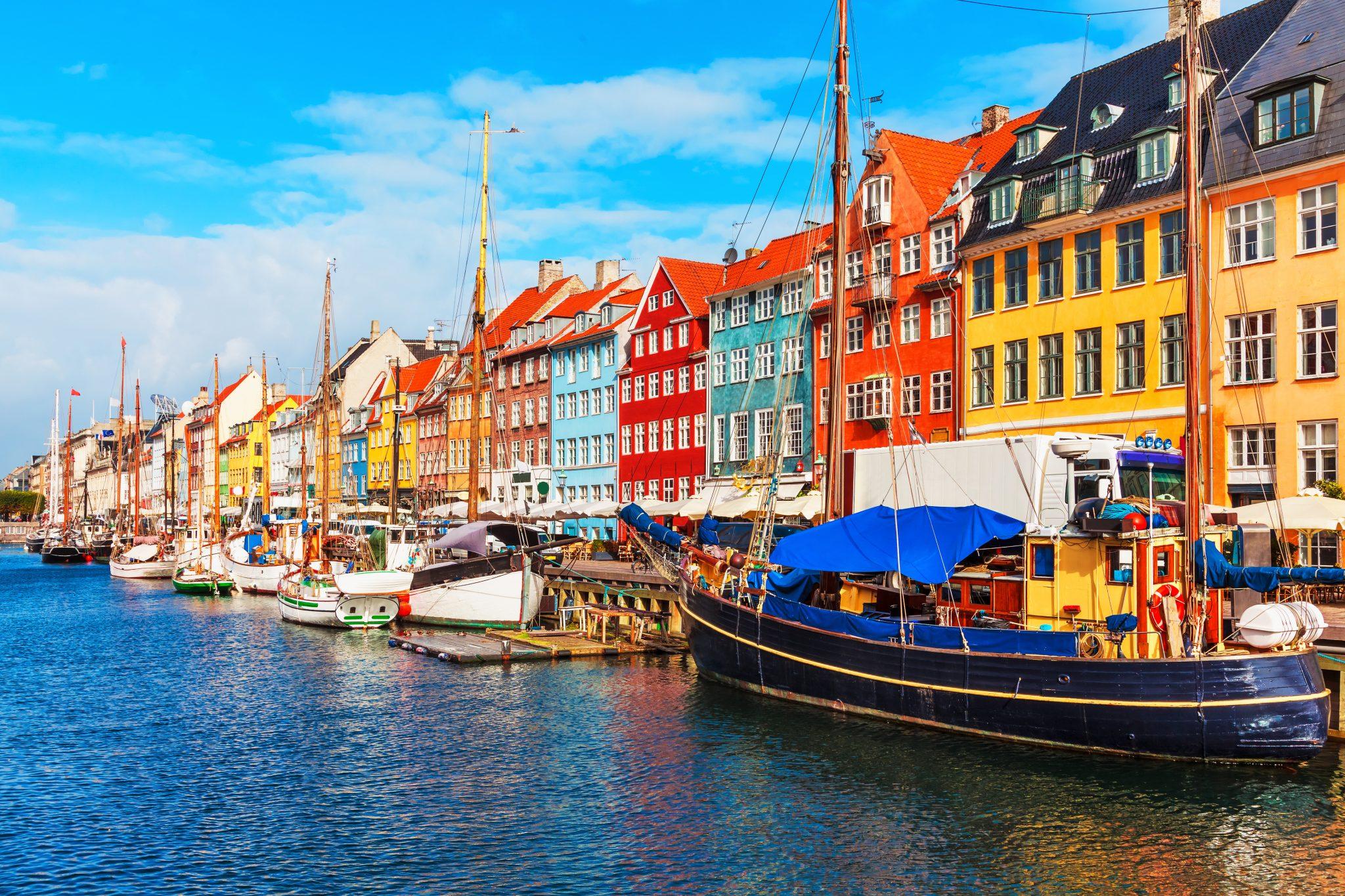
Nyhavn Harbor
Created in the 1970s Nyhavn as a gateway from the sea to the inner city, it had a notorious reputation. Now it is Copenhagen's hallmark, and a popular picturesque tourist area. It has transformed into a lively space full of restaurants and shops. If you are looking for somewhere to sit back and people-watch during the summer, this is the place.
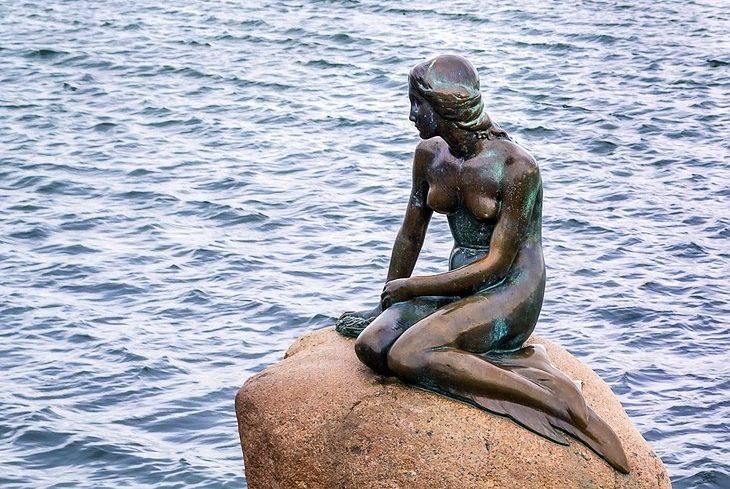
The Little Mermaid
Inspired by one of Denmark’s most famous fairytales by the city’s most famous wordsmith, Hans Christian Andersen, this statue represents the moment the mermaid gives up everything to be united with the prince she is inlove with. Created by Edvard Eriksen, the statue of the Little Mermaid is one of the most visited spots in Copenhagen.

Christiansborg Palace
Christiansborg is the only building in the world that holds all three of a country’s branches of government - the Parliament, the Prime Minister’s Office and the Supreme Court of Denmark. Some parts are still used by the Royal House, visitors can enter and admire the grand halls and see one of Europe’s largest collections of copperware in the Royal Kitchen.

Town Hall Square
This is a huge plaza in the center of the city, where the Copenhagen Town Hall is situated. The building is beautiful with a mix of Italian Renaissance and medieval Danish architecture. For marvelous views, you can climb the tower; at 106 meters high, it is the tallest in the city. The square itself is a buzzling location, a meeting point, and a home to many street artists.
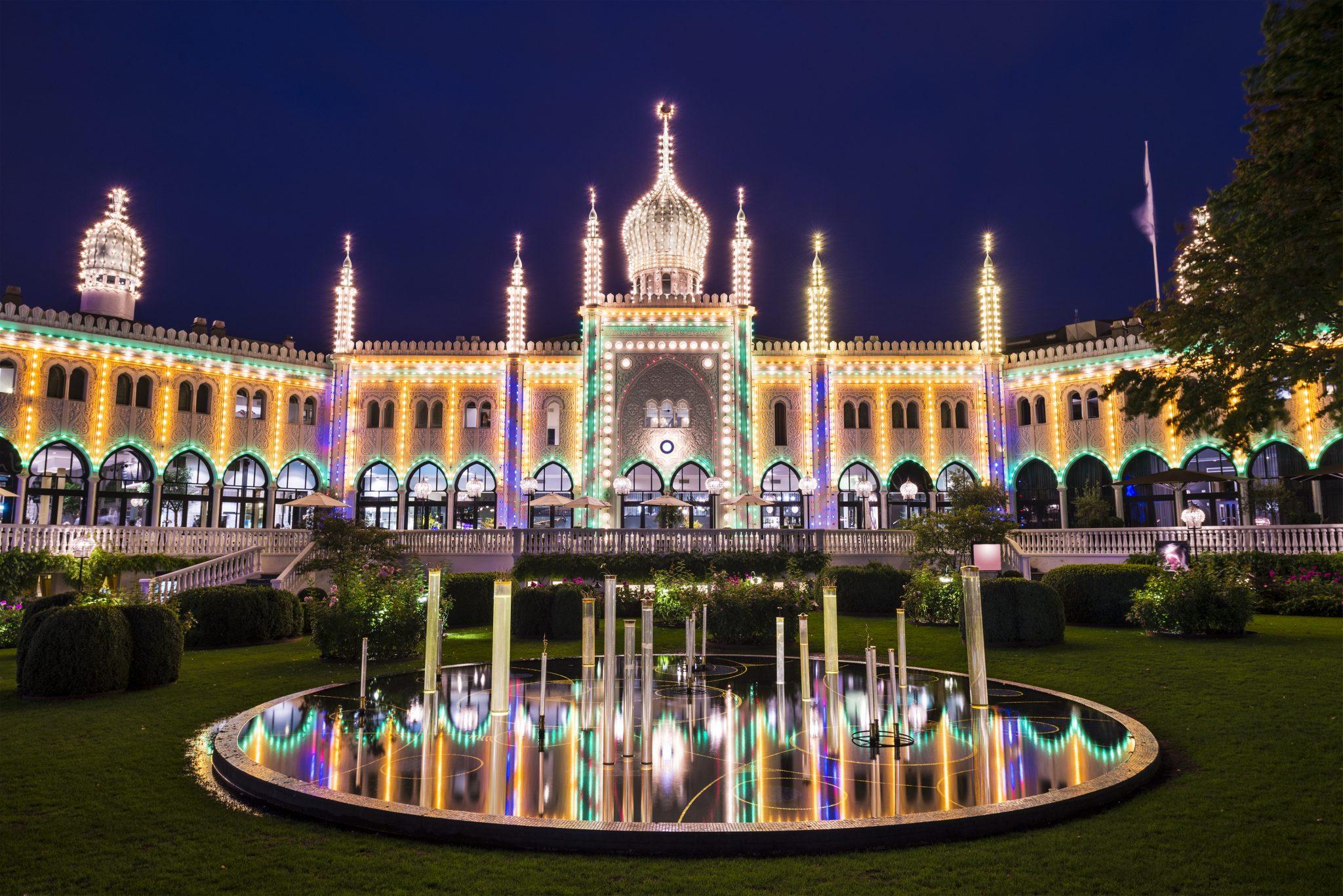
Tivoli Gardens
Walking from Town Hall Square you will reach the inspiration behind the Disney theme parks: the famous Tivoli amusement park and pleasure gardens established in 1843. Inside you will find yourself in a magical village with cute shops and a lake adorned by well-lit trees that are mirrored serenely in the water. This miniature theme park is famous worldwide and appears in many movies.
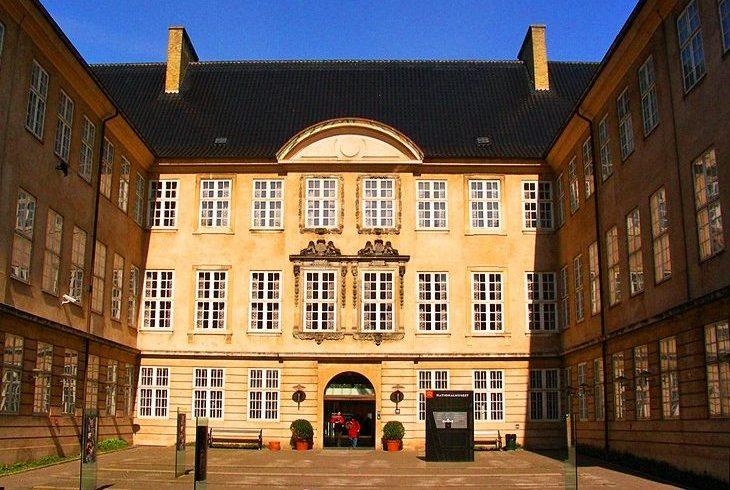
National Museum of Denmark
The museum offers an all-encompassing view of the rich history of one of the leading Nordic countries. The museum is equipped with interactive activities giving an insightful view into Denmark’s past. Learn about everything from the 2,000-year-old bog woman to Viking lore. Through informative exhibitions, you’ll discover the city’s past while learning about the events that shaped the country.
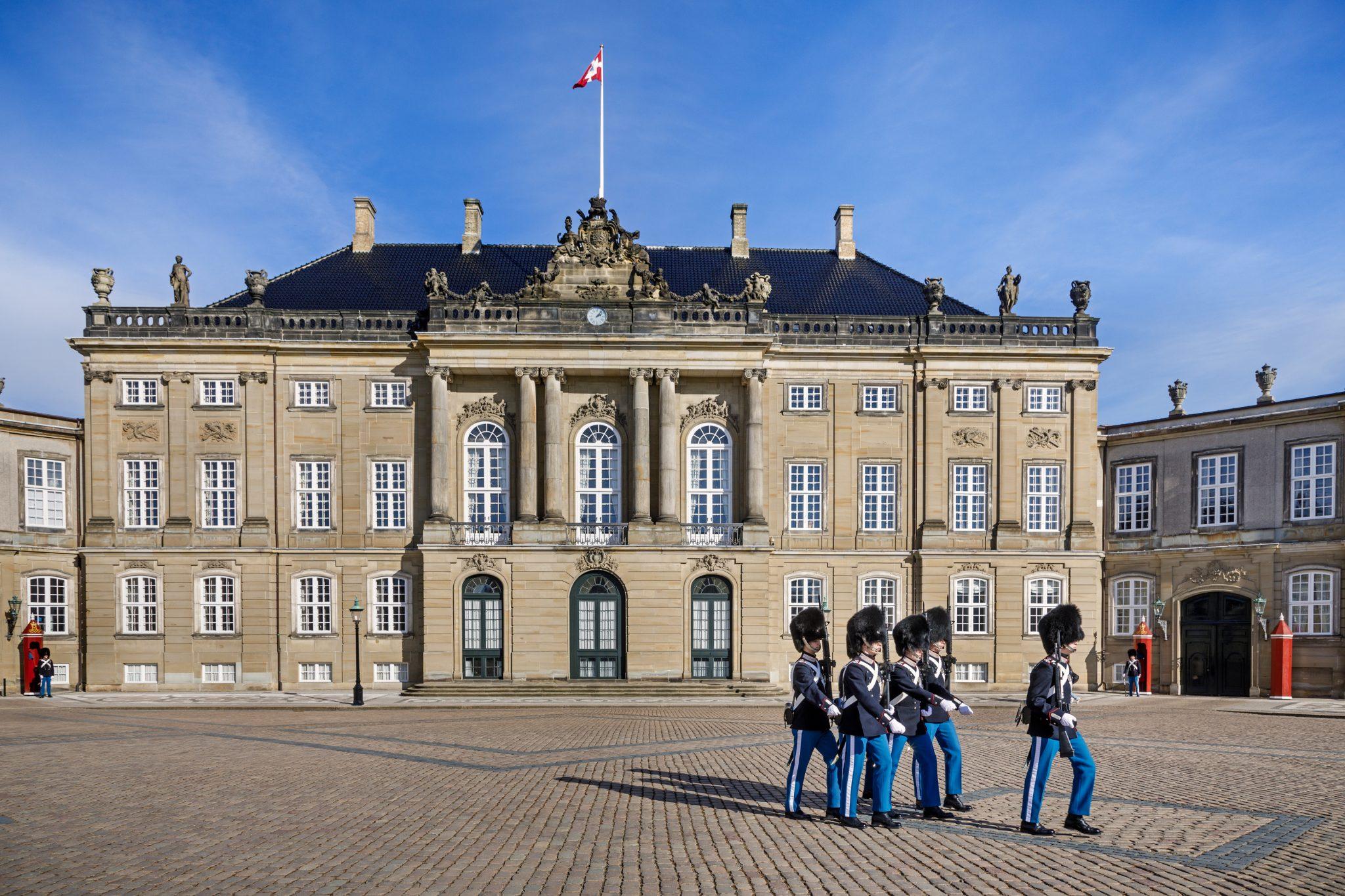
Amalienborg Castle
The four palaces facing onto the square were originally built as homes for the nobility, but were taken over by the Royal Family in 1794. The sights is named after Queen Sophie Amalie. Today, Queen Margrethe II and her family occupy the upper story of Christian IX Palace, and the Moltke Palace is used for official purposes. The soldiers of the Royal Guard are a unique symbol of the city.
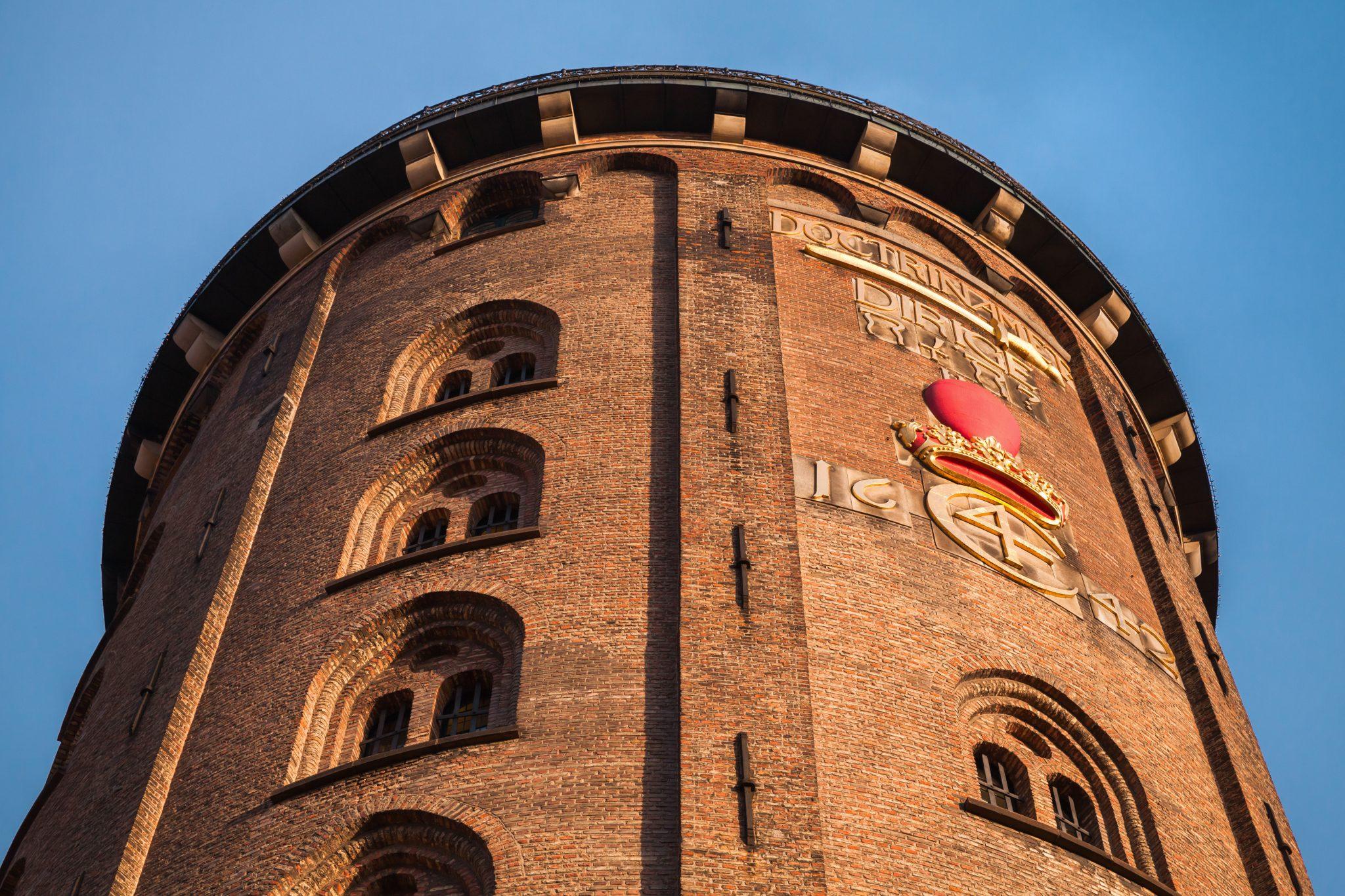
The Round Tower (Rundetårn)
This is a 36-meter-high structure built as an observatory in 1642. Now it still houses a small collection related to the famous Danish astronomer Tycho Brahe. A particular treat is the platform, reached by a wide spiral ramp. The top offers magnificent panoramic views over the city. A new attraction is the glass floor hovering 25 meters above the ground where you can peer down into the castle's core.
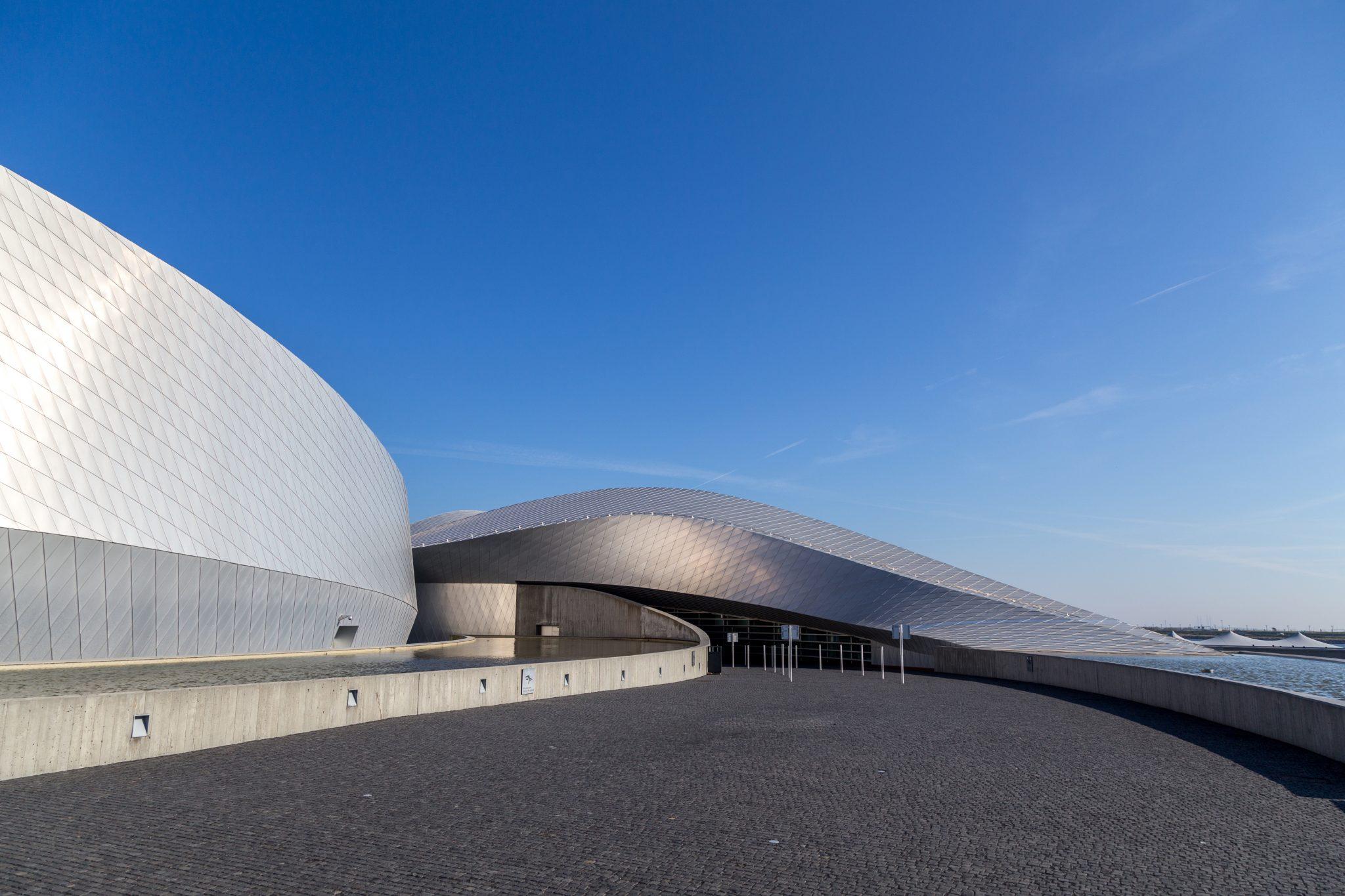
Blue Planet
With over 400 species living within 7 million litres of water, Blue Planet is the largest aquarium of Northern Europe. The aquarium is a home to the brown-banded bamboo shark, the Atlantic goliath grouper and the redbelly yellowtail fusilier. It is a great place to visit, where you’ll see the big five: sea otters, hammerhead sharks, arapaima, giant Pacific octopuses and stingrays.
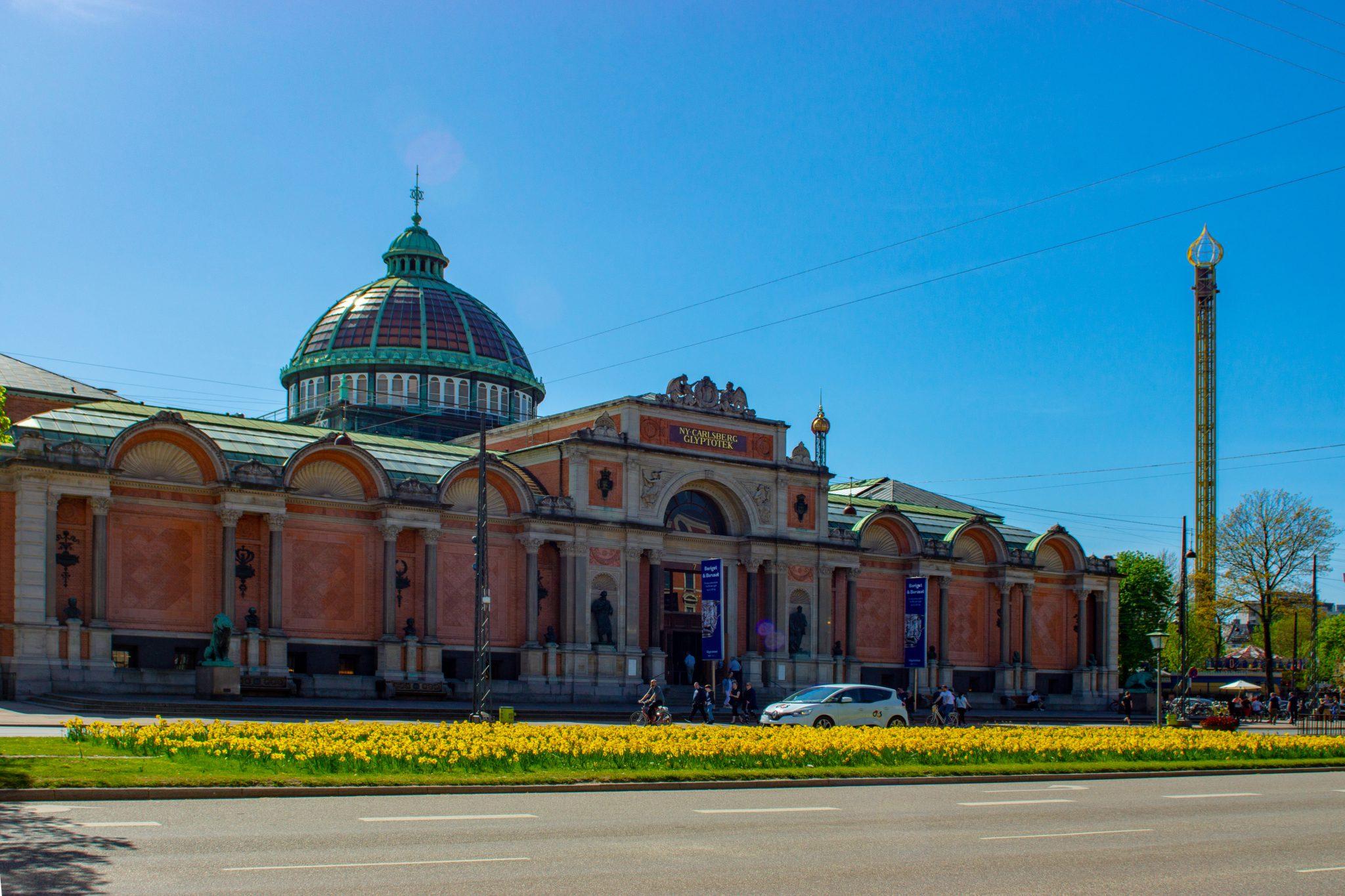
Ny Carlsberg Glyptotek
The Glyptotek is the famous art museum of Copenhagen. It offers an incredible selection of art and artefacts dating back 6000 years. It is funded by the founder J. C. Jacobsen, who also donated his personal art collection to the museum. A prime institution in Denmark, Glyptoteket is an independent institution that has become an important landmark in Copenhagen.
Getting around the city
The best way to move around Copenhagen is on foot and by bike, especially if the weather is good. If you are tired, or if the weather is unpleasant, you can take advantage of the modern public transportation system that is among the most efficient and reliable in the world, and includes metro lines, extensive bus routes, and an easy-to-navigate train network. Taxis are plentiful but rather expensive.
Copenhagen airport is just 8km away from the city center, and you can easily catch a train, metro, or bus to the center. They come around every few minutes, and the journey takes between 13 and 35 minutes depending on which form of transportation you choose.
Copenhagen Central Station is a beautiful building located in the heart of the city, offering a reliable train system, and various services you might need while traveling – luggage storage, a post office, supermarket, places to eat, shopping center, etc. From there you could get a train, which will take you to Malmö, Sweden in just about 30 minutes through the beautiful bridge connecting the two countries.


